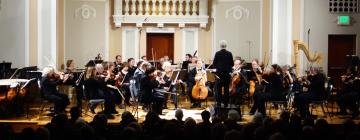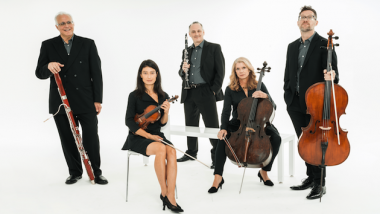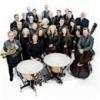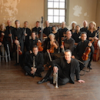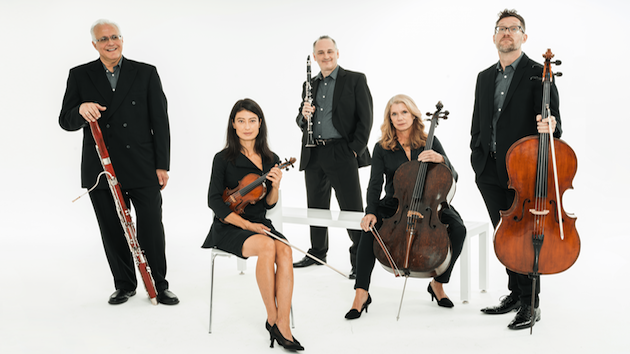
Jeffrey Pfeffer is a 71-year-old professor of business theory in the Graduate School of Business at Stanford. He’s a master theorist, one of the true illuminati in his field and also a strict pragmatist. His core interest is in the manifestations of power in American business. He said once in a lecture, “Your job as a leader is not to be authentic, or genuine, or true to yourself; your job as a leader is to be true to what the situation requires of you.”
For Professor Pfeffer that’s to say that investors and customers would much rather you, as a leader, show absolute confidence in your ability to succeed rather than show nuances of “character” and leave open the possibility of failure. (As an aside, how then do you regard the potential of a leader, say an extremely ambitious businessman-president, who has neither character nor real confidence? And what if the “investors and customers” confuse one of those qualities for the other?)

It might be fair to say that Pfeffer believes in the survival less of the fittest than the most formidable. And no surprise: he’s also a proponent of hierarchy as the basis of organizational theory. In 2013, he wrote a paper entitled, “You’re Still the Same: Why Theories of Power Hold Over Time and Across Contexts.” His thesis was that hierarchy is a “fundamental structural principle of all organizational systems” and the bling-bling dazzle of new ideas about organizational shape should not blind graduate students, or employers, to the deeper truths about the nature of structure.
In his mind, all this oohing-and-ahhing over the years about ‘flattened’ organizations like the Orpheus Chamber Orchestra isn’t justified, and assumptions used to defend the idea don’t hold up under scientific scrutiny. In his paper, Pfeffer wrote, “Hierarchy is found among communities of animals and fish. We may want hierarchy to disappear, so we actively seek out confirming evidence of its unimportance and imminent demise. But hierarchy and its consequences seem here to stay.”
Asked whether the principles of the Orpheus Process had any resonance these days, the professor replied in an email, “There are various movements that have tried to ‘democratize’ organizations. They mostly don’t work or don’t last. I am a huge believer in the advantages of the Orpheus approach, but it flies in the face of fundamental human psychology. So, no, although the Orpheus experience at one point got some press and attention, I would not say there is much diffusion, even in the music world where the MTT/SF Symphony model is much more prominent.”
The Flipsides of Horizontality
In the last nearly 50 years, the Orpheus model has drawn considerable interest in and out of the music world, and has, to one degree or another, influenced the workings of universities, hospitals, spy agencies, start-ups, and pharmaceutical companies. The Orpheus appeal is in its use of lateral structure, particularly in the way people in knowledge-based work situations can learn to exchange feedback, refine teamwork, enhance motivation, and encourage creativity.
As an orchestra model, Orpheus has inspired the creation of dozens of ensembles, including the likes of ECCO, Spira Mirabilis, and the International Chamber Ensemble. And while the symphony orchestra model remains deeply entrenched, the popularity of chamber orchestras is gaining, while symphony orchestras have met with crisis after crisis. Outside of music, the Orpheus Process reflects a trend toward new organizational hybrids that combine both vertical and horizontal features.
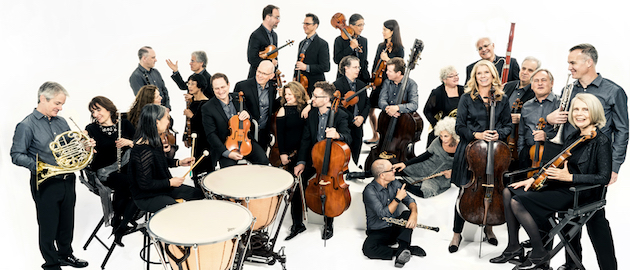
Nevertheless, despite its promise — and its effectiveness in particular musical settings — the response to Orpheus has often been mixed. Reviewers go both ways; the same performance is either brilliant or staid. Audiences are equally divided, and sometimes even positive reaction depends on local political history. Audiences in Western Europe extoll Orpheus as a model of democracy. Audiences in Eastern Europe extoll Orpheus as a model of socialism, or even communism — not least because the comrade-musicians all get the same pay and have equal authority.
Which, to Orpheus founder Julian Fifer, is an amusing interpretation. “In putting this together,” he told us recently, “it was not about democracy or freedom of expression per se — it was about how to maximize the highest artistic level in an ensemble.” More particularly, Fifer’s goal was to bring the virtues of a string quartet model to a “larger sphere.”
In Fear of Chaos
Musicians are also often divided about Orpheus. Take, for example, Michael Adams, a longtime violist with the Minnesota Orchestra. He’s also a chamber musician, radio host, and along with his wife, Daria T. Adams, co-founding director of the annual Music in the Vineyards Festival in Napa. His wife is also a violinist with the Saint Paul Chamber Orchestra.
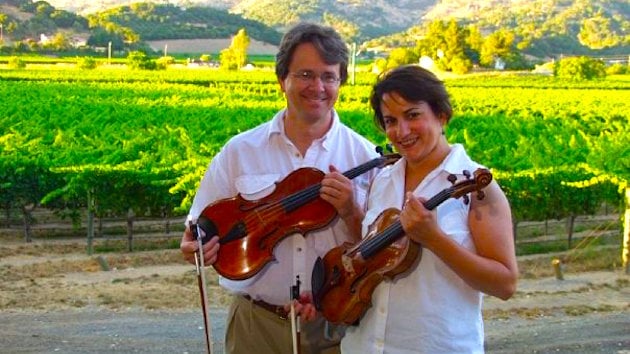
“There is a downside to Music-By-The-Orpheus-Method,” he wrote us recently, referring specifically to the Orpheus Chamber Orchestra. “I know many of their players — current and former. There is a sacrifice made when rule-by-committee exists; there is often no consistent point of view through a piece. A very corporate approach with watered-down results. Rehearsals can take hours, everything is argued about, sometimes quite intensely, and no clear vision of a piece comes across. The interpretation, by definition, is a melting pot of ideas.”
In sum, said Adams, and this is the view of many in the orchestra establishment, “Large orchestras simply can’t succeed without a benign dictator to take the reins and make decisions — right or wrong, then take credit/blame and responsibility. There would be chaos and anarchy without it, like an Italian opera orchestra!”
Conductors vs. Concertmasters
The Saint Paul Chamber Orchestra, a fulltime group with 21 musicians, first performed in 1959. In 2004, it dropped the position of music director and added positions for prominent “Artistic Partners.” Daria Adams is a seasoned member of the orchestra.

“I’m an optimist; he’s a pessimist,” she said in reaction to her husband’s critique and conceded that while SPCO’s democratic temperament insures everybody gets a voice, it does take time to hear them all. And yes, sometimes there is a sense of chaos, and yes there’s never enough rehearsal time. And yes, the committees are time-consuming, which has led to a proposal to pay more to musicians serving on committees. Incidentally, salaries are transparent. There’s also been discussion about whether to make participation mandatory.
“Some weeks are better than others,” said Daria, “but the consolation is that you know your voice always matters.”
She also acknowledged that the quality of any performance comes down to the leadership of the concertmaster. “We’ve talked about this and basically there’s just no other way to do it. You have to follow one person.” Asked the difference between a concertmaster and a conductor, she replied wryly, “one’s waving his arms.” But then she added, “in our rehearsals if you have a strong feeling about how a phrase should go, you can ask to rehearse it another way. With a conductor there’s no chance for that.”
She went on to quip, “my husband calls himself a ‘viola operator.’ It’s so true: his job is to operate the viola at the highest level and that’s it. Whereas in my job, I’m always thinking about how the music is working; what’s our dynamic? The problem with even a benevolent dictator is there’s no reason to think.”
The Founder
Julian Fifer, a former cellist, founded the Orpheus Chamber Orchestra in 1972 and remained its executive director for 26 years. These days he is the executive director of Musicians for Human Rights, which includes the Human Rights Orchestra. He’s also a strategist and booking manager for the Venice Baroque Orchestra. He lives in Portland, Oregon.
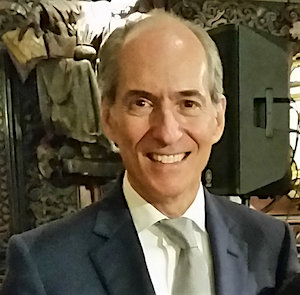
Fifer was partly driven to the idea of starting Orpheus in 1963 at the age of 12: He was at the McBurney School in Manhattan, and one semester got on the Dean’s list, which brought him a ticket to the New York Philharmonic. He’d been to many recital concerts and chamber music performances but never to hear a symphony orchestra.
“I was somewhat horrified by what I saw during the concert. From center stage, off to the left, there were six rows, six stands of violins. At the first stand, the violinists were energetic, moving furiously; the second stand also quite strong. The third stand, a little more passive. The fourth stand, the musicians were almost crouched over in their chairs. By the sixth stand there was very little energy, less bow, less motion, less intensity. I was shocked. I said to myself, ‘I don’t ever want to end up like that. That’s what you’ll never see in Orpheus.”
Asked about criticism that sometimes Orpheus has become “pat and predictable” Fifer agreed that if that’s true it may be the effect of an ensemble more dependent upon its core groups — “core” refers to the principal players in any section assigned to prepare a particular piece of music. He added that, while the old energy and commitment is there, some musicians may be less willing to fight for their values and perhaps that’s had a negative effect.
“I noticed the problem at about the 15-year mark, certainly by the 20-year mark. As we acquired more nonmembers, more associates, there were fewer voices to comment on what the core group was doing. The result was that the core group was increasingly left to its own devices without as much input or feedback as before.
“I went around quietly questioning the nonmembers about why they weren’t speaking up. There were some great musicians and we would have benefitted from more interaction. But they didn’t feel it was their position to say anything because, not being members, they were afraid they wouldn’t be invited back. It was a curious phenomenon. I’ve always felt Orpheus was at its best when there were more voices speaking out not fewer, but of course you have to know when to speak up and when not and what to address and how.”
Fifer said he’d like to be a fly on the wall, to see how committees are functioning now at Orpheus. He recounted the problems that committees had faced, particularly when it came to the business of music. The current executive director of Orpheus, Alexander Scheirle, acknowledged recently some of the problems of administrative inefficiency, “Presenters have complained about our taking too long for submitting programs. There’s always a lot of back and forth; it takes forever for us.”
Fifer is of two minds about committees. On the one hand, they provide an opportunity for musicians to see the real-life issues of the music business, and “to go from throwing bombs at the tent to being inside the tent.” On the other hand, musicians aren’t invited into Orpheus for their administrative talents. At the end of the day, it’s what goes on in the performance.
Nor does Fifer see any causal relationship between the fulfillment one might feel being on a committee and playing well. But he believes that having administrative skills can translate to leadership skills. “I’ve seen how people who aren’t natural leaders can become leaders in an Orpheus-like setting because they understand the psychology of the ensemble and, in the process, they can develop diplomatic skills that make them very effective leaders, although they may not be the most creative musicians. That’s one of the reasons I’d like to be a fly on the wall, to see what kind of skills people have adopted.”
Baton Death March
If, in the end, the performance is everything, what is the nature of an Orpheus performance? Fifer recalls a moment in the early 1970s while playing with the Aspen Chamber Symphony. Pinchas Zuckerman was the conductor and worked both from the podium with his baton, and as leader of the orchestra standing by his chair with his violin. They were performing Mozart’s “Haffner” Serenade. “There was just such a huge difference in the ability of the orchestra to follow him when he stood with his baton rather than his instrument. The difference was our being able to see how, for example, he would lift his bow arm and start to make a gesture. We understood exactly what to do sonically.”
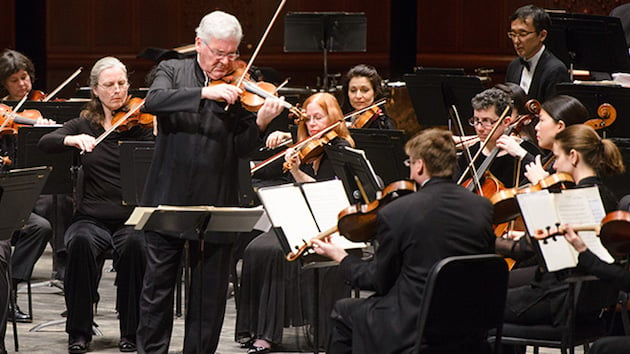
Having said that, Fifer is not so sure whether big city symphonies should recast themselves solely in the image of Orpheus, even if they could. “There are limits to how far you can go and be successful in a truly conductorless setting. Certainly, Orpheus is always pressing the limit.” The orchestra has had as many as 40 musicians at any one time. “Maybe, it’s no different than runners gradually bringing down the time to run a mile. The trick here is learning how to listen harder and extend your antennae to be able to maintain flexibility.”
He pointed out that there have already been many subtle influences from Orpheus on the music establishment. For example, some large orchestras have begun moving away from fixed seating patterns, seeding some sections with concertmasters or switching violinists from front to back and vice versa.
“In the absence of a leader, energy emanates from all over the orchestra. There’s just so much more vested in the outcome and so musicians exude the energy that’s otherwise centralized.”
The truth is, said Fifer, “you can have all the energy and desire in the world, but if you can’t see the concertmaster because of all the bodies between you, then you don’t know what to do.”
Corrections:
-
Michael Adams's remarks about the Orpheus Chamber Orchestra method were made about the Orpheus Chamber Orchestra and not about the Saint Paul Chamber Orchestra. This has been revised and corrected.
-
As originally published, this article misspelled Jeffrey Pfeffer's last name. It has been corrected.
